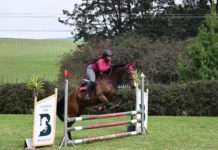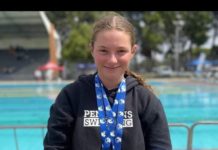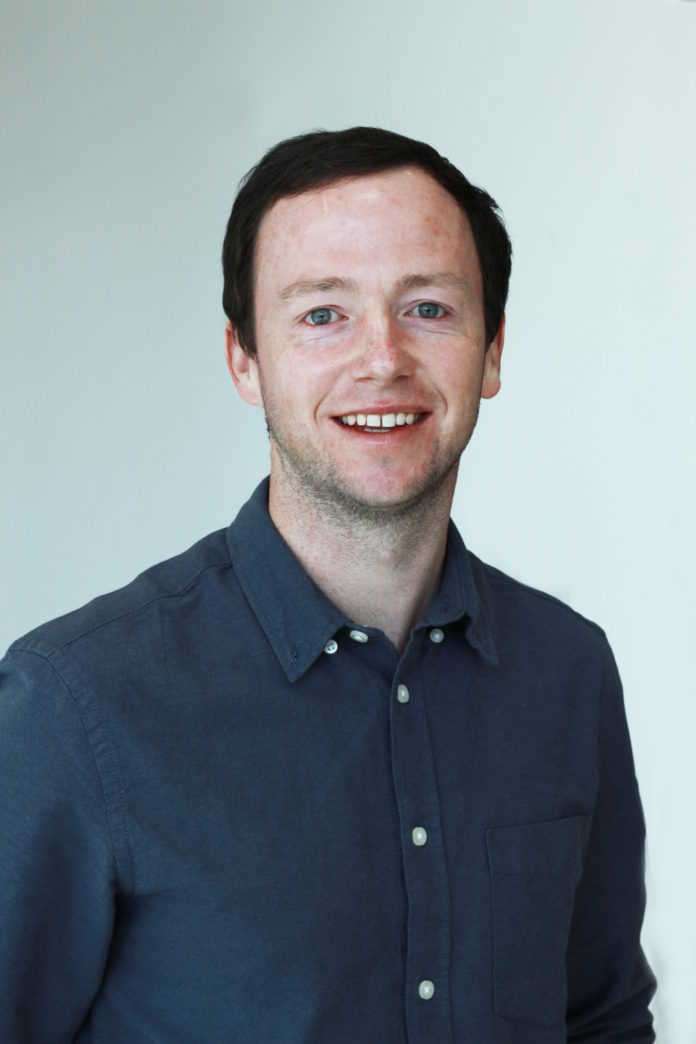While spraying glyphosate-based herbicides (GBH) in the Vaal River to control the spread of water lettuce was suspended in early March due to public concern, the debate around the efficacy, safety, and long-term impact of the herbicide continues.
“There are potential unforeseen negative implications associated with chemical and biocontrol approaches,” comments Dr. Anthony Mader, Senior Environmental Scientist, with a PhD in the interdisciplinary field of phytoremediation, at globally trusted infrastructure consulting company AECOM.
Dr. Mader points out that an additional important consideration when developing any integrated alien invasive plant species plan is to identify the contribution of the targeted alien invasive plant species to nutrient biogeochemical cycles. Plants can directly influence nutrient biogeochemistry by altering the turnover of nutrients through nutrient uptake dynamics and plant senescence and/or death (Austin and Zanne, 2015). For example, the sinking of senesced or dead plant matter (due to herbicide/biocontrol action) down the water column, and consequential decomposition and liberation of ad/absorbed nutrients, mediates the biogeochemical cycling of nutrients.
“This phenomenon can result in the acute/ chronic reintroduction of nutrients within the Vaal River system, thereby increasing the concentration and bioavailability of nutrients conducive to the proliferation of water lettuce, water hyacinth, and harmful algal blooms (HAB),” notes Dr. Mader. Hence, the main areas of concern are:
- Acute and chronic release of elevated levels of nutrients into the Vaal River, and
- Ecotoxicity and the fate and transport of GBH in the environment (which may negatively impact the growth and survival of non-target, indigenous plant species).
The discharge of sewage and agricultural runoff, containing high levels of bioavailable forms of nitrogen (ammonium, nitrates, and nitrites), phosphorous (phosphates), and trace elements, as well as dissolved and suspended organic matter, results in eutrophication. This can change the biological and hydrogeochemical characteristics of the Vaal River, creating conditions conducive to the proliferation of alien invasive plant species and/or HABs.
In February 2024, Rand Water developed an integrated alien invasive plant species management plan that combined mechanical plant removal, chemical application, and the release of biocontrol agents [water lettuce weevils (Neohydronomus affinis)] to control the propagation and migration of water lettuce within the river system.
Tshuxekani Maluleke, a Senior Environmental Scientist, with an MSc in the field of biocontrol, comments: “Based on the invasion biology of water lettuce, the efficacy of biocontrol measures depends on spatial and temporal factors whereby biocontrol agents must be released prior to the reproductive stages of the plant’s lifecycle.”
An emergency General Authorisation (GA) was issued by the Department of Water and Sanitation (DWS) to Rand Water to implement measures to control the spread of water lettuce. However, the use of a GBH was challenged by various communities, academics, and legal experts based on:
- The ecotoxicity of glyphosate, especially when sprayed directly into a water resource, and
- The legal standing of herbicide spraying, which has been stated as allegedly being an unlawful activity in terms of the National Water Act (No. 36 of 1998).
Limited human-based studies have been conducted on glyphosate toxicity, with conflicting results. Various agencies (for example, the US EPA) have classified glyphosate as minimally or not toxic to humans, based on numerous factors.
However, “constituents such as surfactants – for example, isopropylamine – are combined with glyphosate to increase its bioavailability and phytotoxicity. These constituents increase the ecotoxicity of glyphosate,” says Dr. Mader.
He points to a recent study demonstrating that glyphosate may have a transgenerational toxicity. “Although the study was conducted on rodents, the findings highlight the need to apply the precautionary principle when spraying GBH directly into a water body, that is ultimately used for drinking water, and that cannot be effectively removed from traditional water treatment works, due to the physicochemical properties of glyphosate,” argues Dr. Mader.
Moreover, the presence of water lettuce is indicative of an underlying problem, namely the acute and chronic discharge of contaminants into the Vaal River and its tributaries from both point- and non-point sources of pollution. Controlling the symptom (water lettuce) does not address the source of pollution – ultimately maintaining the water lettuce/water hyacinth/algal bloom – eutrophication paradox.
“Moreover, the physical, chemical, and/or biocontrol of water lettuce [a species that has been used as a tool for phytoremediation (rhizofiltration and phytoextraction) due to its ability to accumulate elevated levels of nutrients that contribute to eutrophication], reduces competition for nutrients – creating conditions conducive to the proliferation of cyanobacteria (also known as blue-green algae) and thus potential HAB. This highlights our need to shift our perspective on how we address environmental challenges, focusing on identifying and remediating contaminants prior to their release into the environment,” comments Dr. Mader.
In alignment with its Sustainable Legacies strategy, AECOM is committed to creating sustainable solutions to complex challenges and enhancing the provision of vital ecosystem services, adds Elisabeth Nortje, Associate Director – Environment, Africa.
The Small and Medium Enterprises (SMEs), that form part of AECOM’s Enterprise Capabilities (EC) Sustainability and Environmental portfolios, provide various nature-based solutions (NbS) to address complex environmental and socioeconomic challenges.
A key service offered is the design and implementation of constructed wetlands (CWs), which are engineered biological and hydrogeochemical systems with controllable functional (integrating phyto- and bioremediation technologies) and operational (for example, hydrological regime) parameters to optimise the remediation of a range of inorganic and organic contaminants present in wastewater (Mader et al., 2022).
Hybrid CWs can be designed to address and mitigate point and non-point source pollution events, reducing the release of contaminants required for water lettuce and cyanobacteria to proliferate. Simultaneously, this approach enhances the provision of ecosystem services amidst climate change to promote sustainable development.
Additional EC SME components from AECOM include, but are not limited to, wetland and riparian zone rehabilitation, ecosystem services assessments, regenerative ecology, flood management, and carbon sequestration, incorporating sustainability frameworks into the design and effective delivery of sustainable, resilient, and equitable nature-based solutions.
REFERENCES
Austin, A.T. and Zanne, A.E., 2015. Whether in life or in death: fresh perspectives on how plants affect biogeochemical cycling. Journal of Ecology, 103(6), pp.1367-1371.
Bai, S. H. & Ogbourne, S. M. Glyphosate: environmental contamination, toxicity and potential risks to human health via food contamination. Environmental Science and Pollution Research. 23, 18988–19001, https://doi.org/10.1007/s11356-016-7425-3 (2016).
Blake, R. and Pallett, K., 2018. The environmental fate and ecotoxicity of glyphosate. Outlooks on Pest Management, 29(6), pp.266-269.
de Araujo, J. S., Delgado, I. F. & Paumgartten, F. J. Glyphosate and adverse pregnancy outcomes, a systematic review of observational studies. BMC Public Health 16, 472, https://doi.org/10.1186/s12889-016-3153-3 (2016).
European Food Safety Authority (EFSA), 2015. Conclusion on the peer review of the pesticide risk assessment of the active substance glyphosate. EFSA Journal, 13(11), p.4302.
Mader, A.E., Holtman, G.A. and Welz, P.J., 2022. Treatment wetlands and phyto-technologies for remediation of winery effluent: Challenges and opportunities. Science of the Total Environment, 807, p.150544.
Relyea RA. The lethal impacts of Roundup and predatory stress on six species of North American tadpoles. Archives of Environmental Contamination and Toxicology. 2005;48:351Y357
US Environmental Protection Agency, Washington DC. Reregistration Eligibility Decision (RED): Glyphosate. EAP-738-R-93-014, September 1993.












